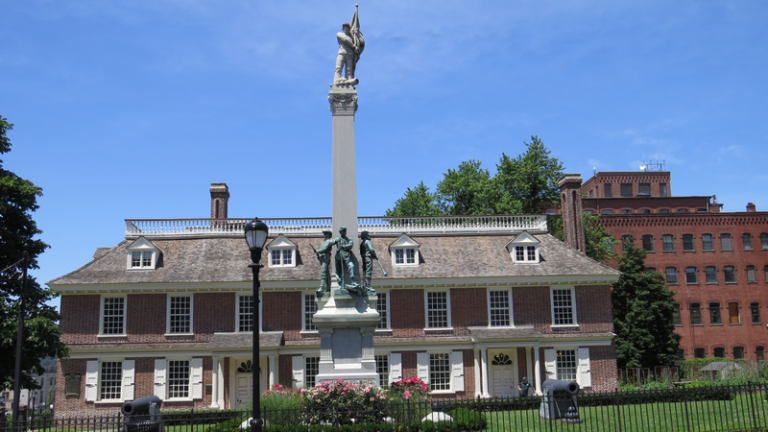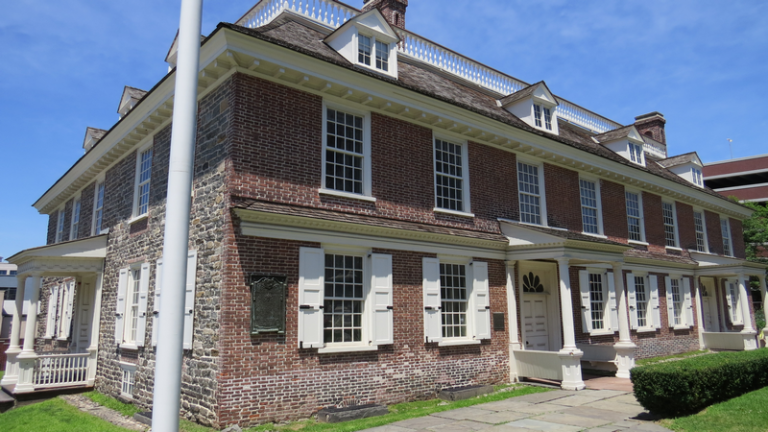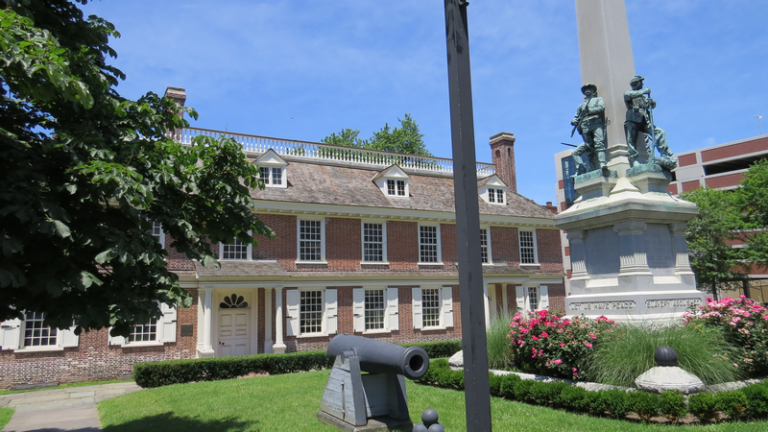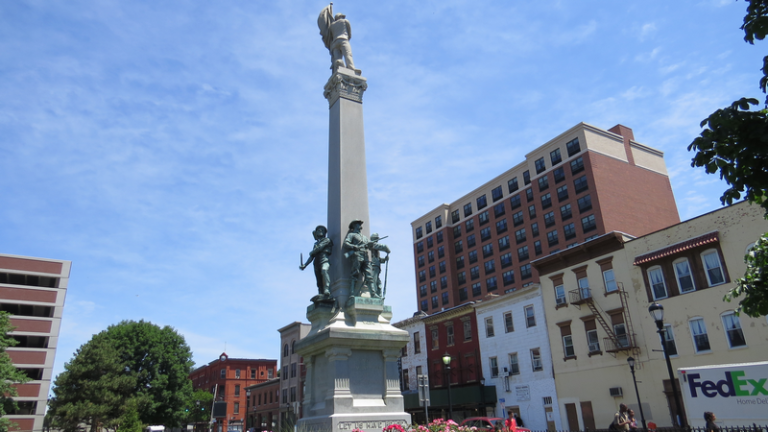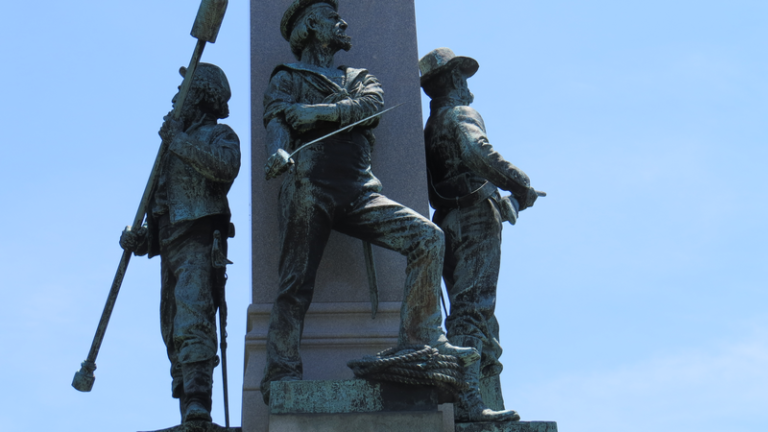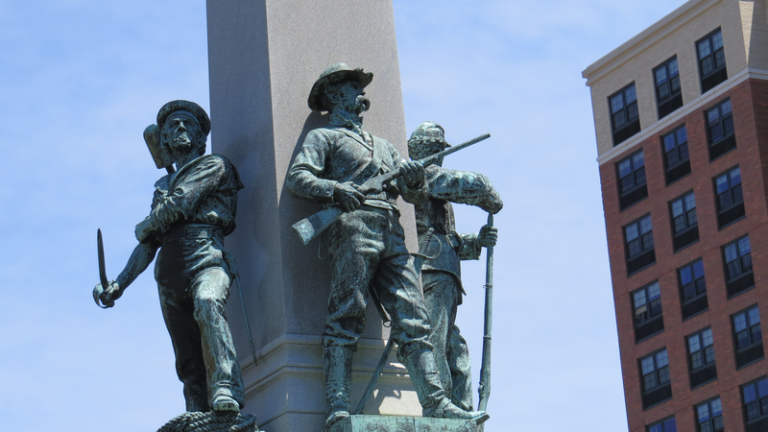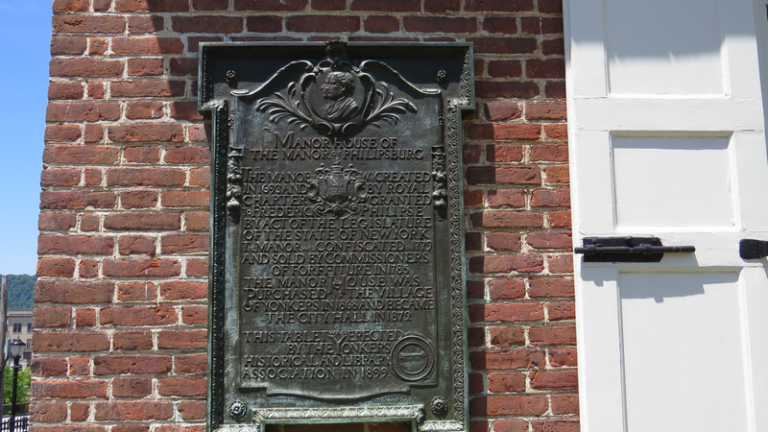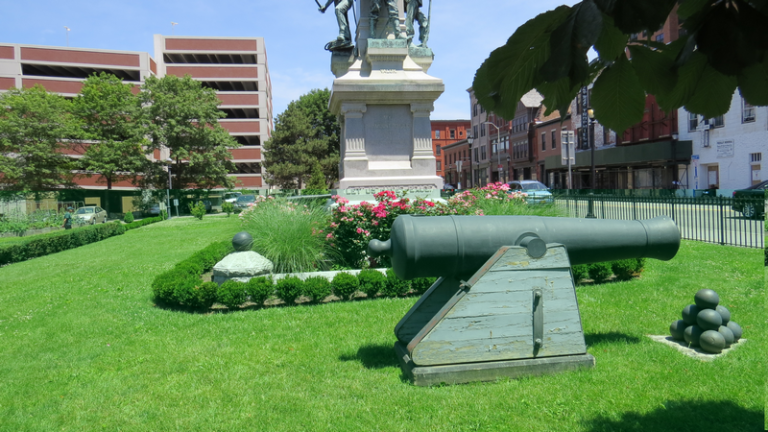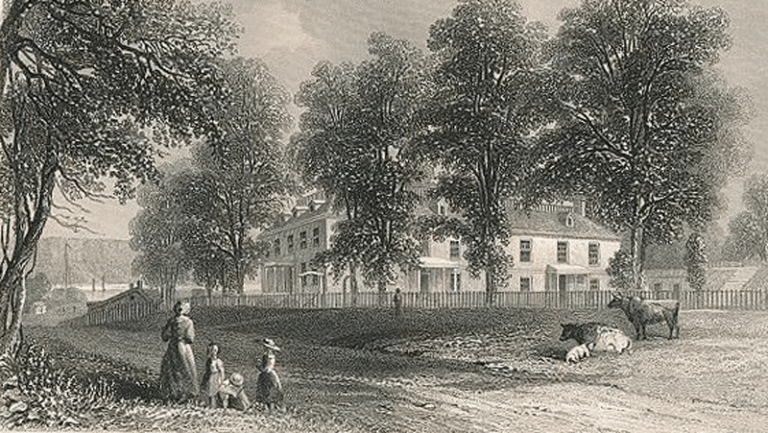Philipse Manor Hall is a historical landmark that holds significant importance for the American Revolution and the early history of Westchester County, New York. The original building, which was constructed in 1682, sits near the confluence of the Nepperhan (Saw Mill) and Hudson Rivers, the site of a Munsee Lunaape village. Used by four generations of the Philipse family and worked by the people they enslaved and European tenant farmers, the Philipse Manor was once over 200,000 acres and helped make the Philipse family the richest in New York.. The Philipse family’s role in the colonial economy and politics was instrumental in the development of the region.
During the American Revolution, the Philipse family remained loyalists to the British crown. In 1776, the Continental Army’s takeover of the Bronx and Westchester forced the Philipse family to abandon their estate, and it was confiscated. The house was used as headquarters for American generals, including George Washington, during the Battle of White Plains in 1776.
Philipse Manor Hall became a symbol of the government’s power over the property of those opposed to the Revolution. The estate was sold at an auction , and the house went through several owners . It also housed Yonkers Village Hall and later Yonkers City Hall. When a new City Hall was built in the early 20th century, the house was preserved through the generosity of Eva Smith Cochran and donated to New York State to serve as a historic site and museum.
Today, Philipse Manor Hall provides insights into American colonial life and the American Revolution. This historical site showcases Westchester County’s early history and offers visitors a glimpse into the region’s role in the development of the United States. Philipse Manor Hall State Historic Site provides visitors with a balanced approach to interpreting the lives of Indigenous, European, and African people at PMH to understand the complex relationships that took place at the Manor from the earliest days of the Dutch Colony of New Netherland to the American Revolution and beyond. Learn more at Philipse Manor Hall’s Virtual Wing (1)
Sorry, no records were found. Please adjust your search criteria and try again.
Sorry, unable to load the Maps API.
